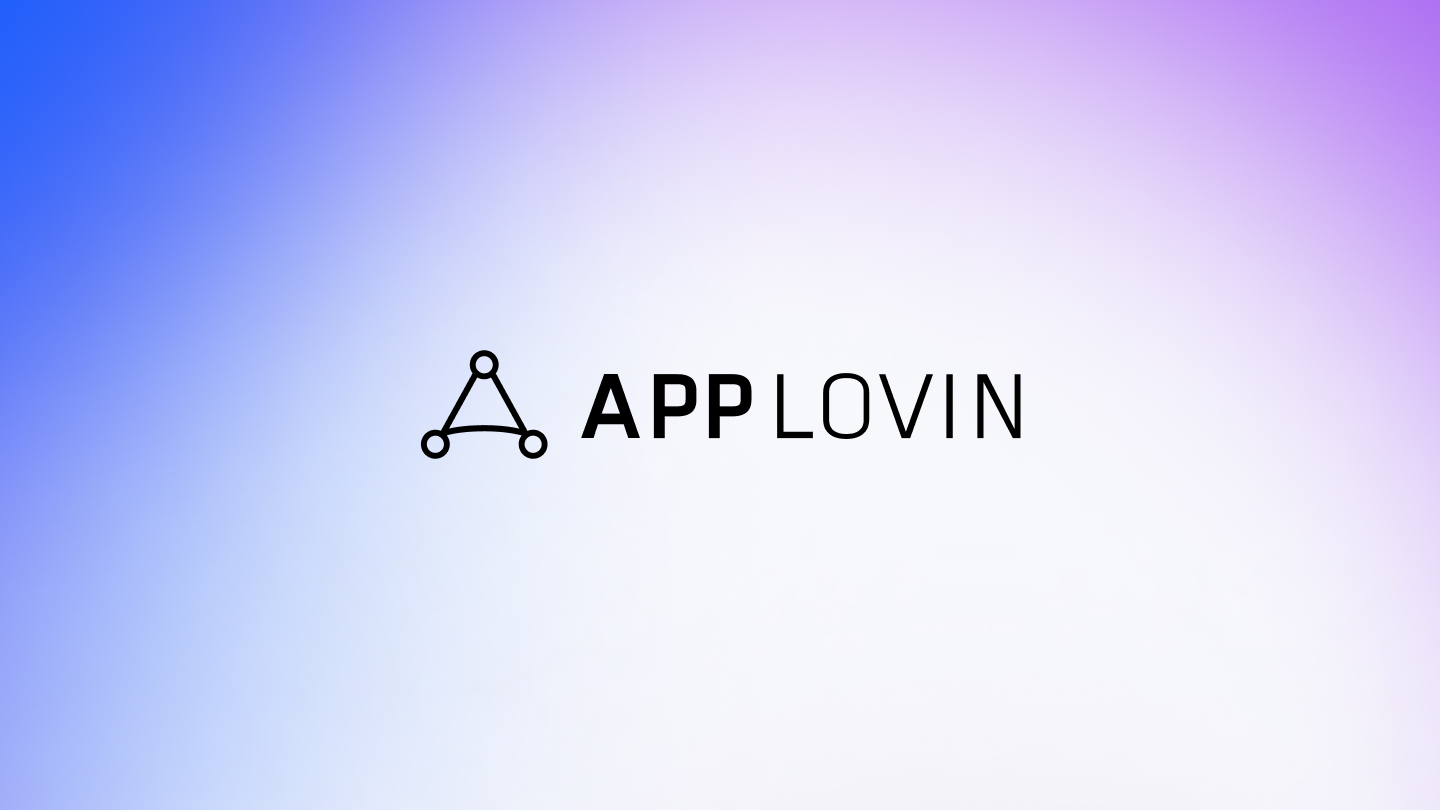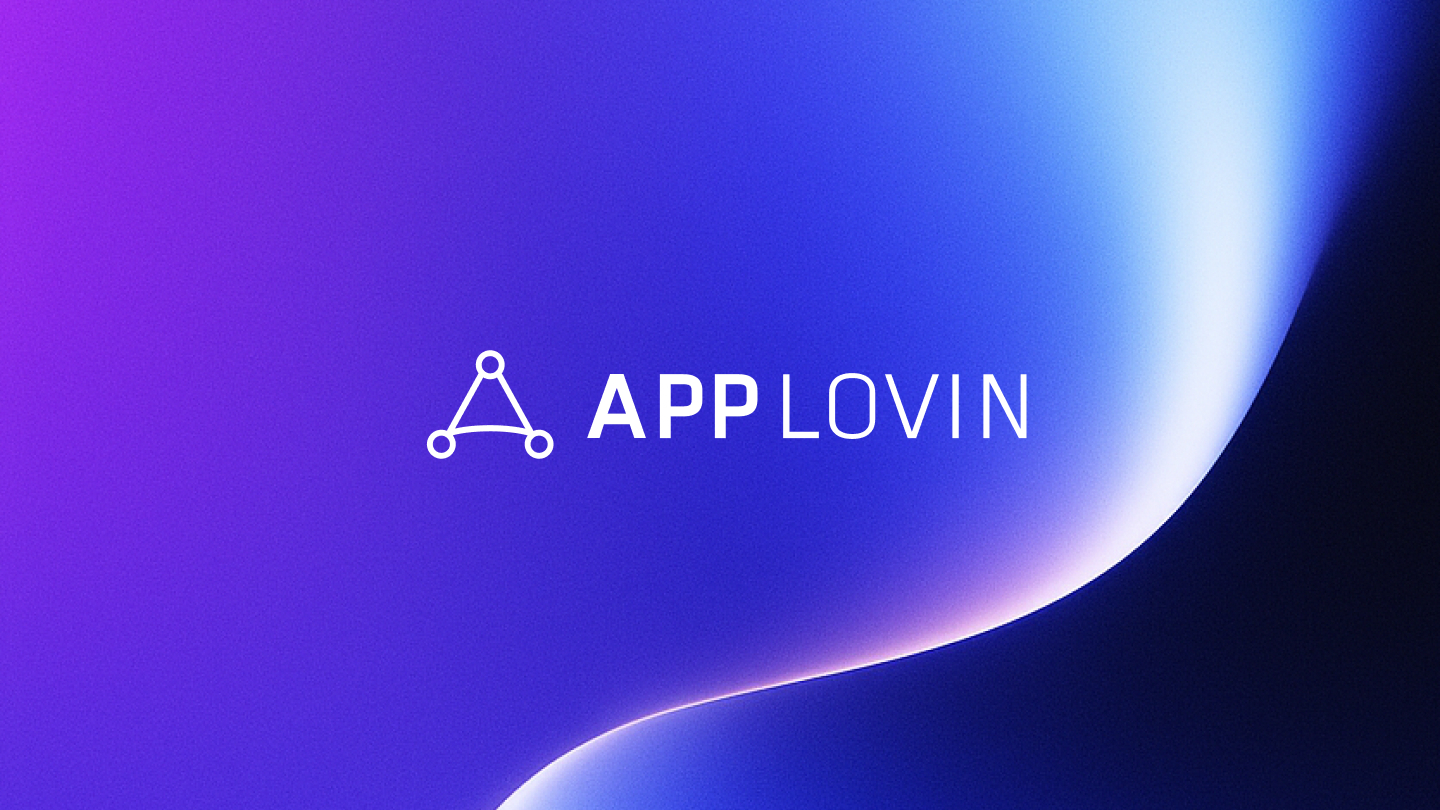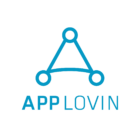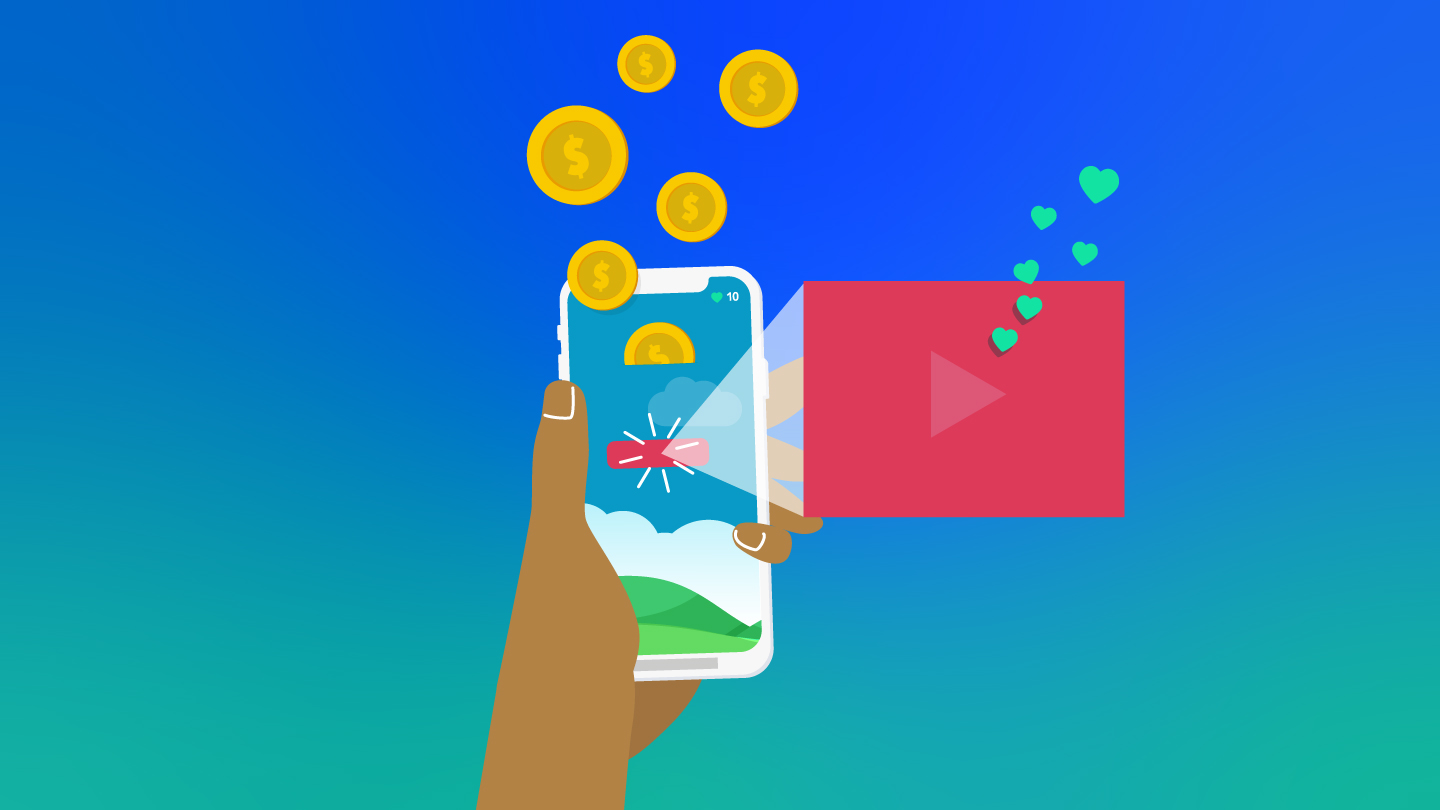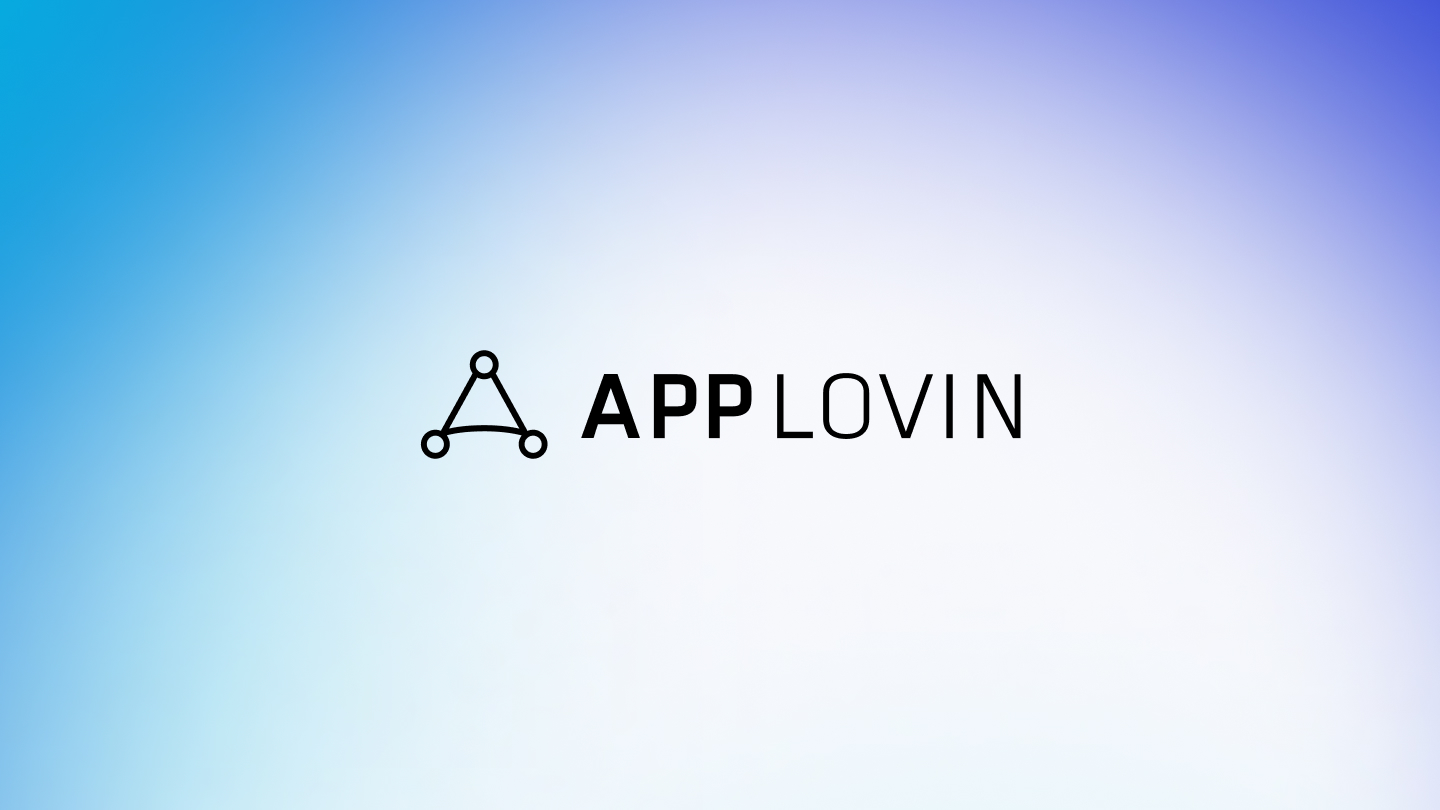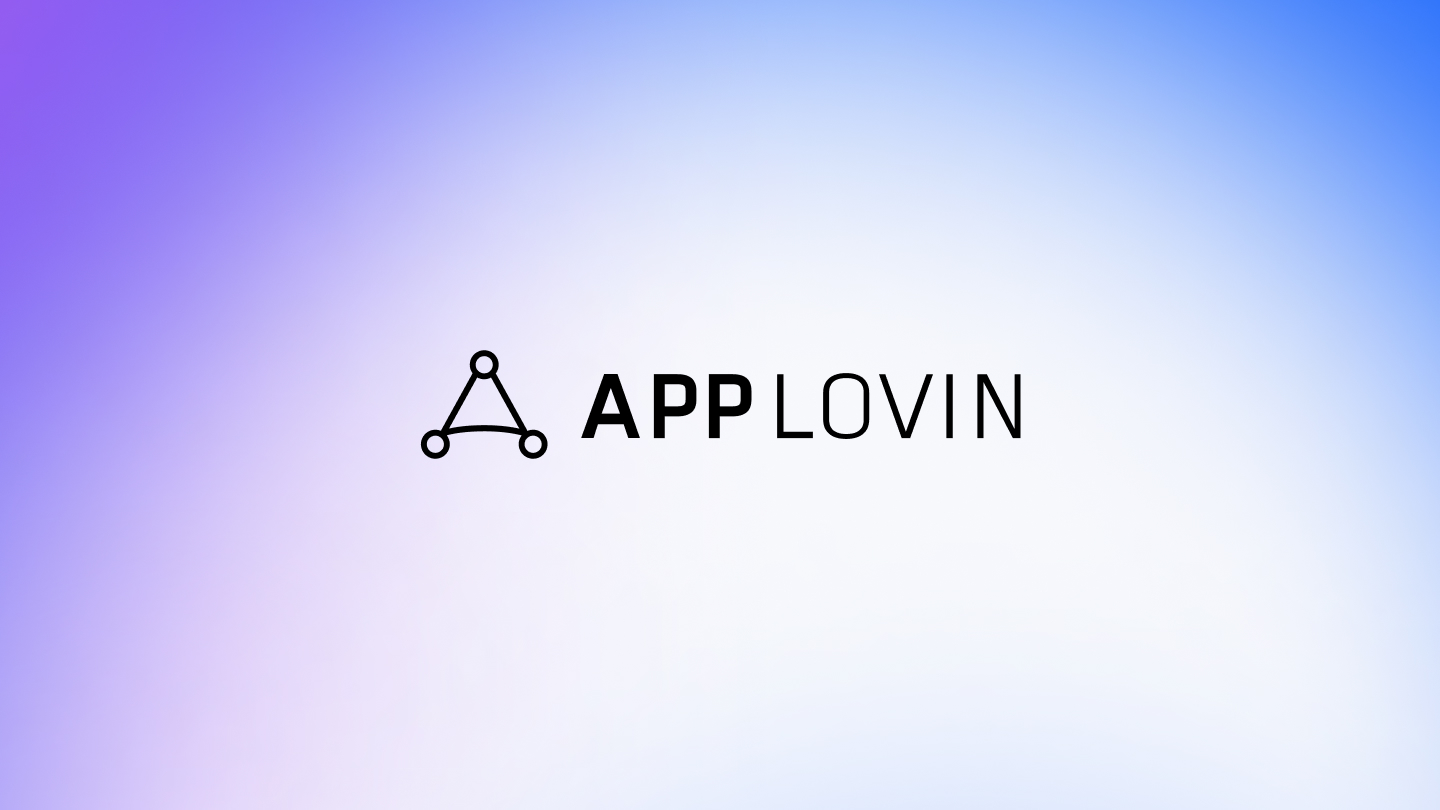There’s no one-size-fits-all monetization model for apps. Many apps can maximize profitability by employing more than one revenue stream. This is known as hybrid monetization—a flexible model that blends in-app advertising (IAA) and in-app purchases (IAP) to maximize profitability. For developers seeking sustainable growth, hybrid monetization is a smart strategy to engage a diverse user base while driving revenue.
Defining hybrid monetization
Put simply, hybrid monetization combines various monetization methods within a single mobile app. Traditionally, apps relied on paid downloads or a single revenue model, typically ads or purchases. Hybrid monetization recognizes that users interact with apps in different ways and are willing to engage with multiple forms of monetization depending on their preferences and behaviors.
For example, in a hybrid monetization strategy, a mobile game might offer players the option to make in-app purchases to advance faster or temporarily remove ads, while offering rewarded video ads with which users can engage in exchange for in-game rewards. This two-pronged approach ensures that the app monetizes both paying users and those who prefer to access content for free.
Diversification is also important because in-app purchases account for about 25% of app revenue today; the remaining 75% comes from advertising – and that percentage of revenue is expected to shift even further in favor of in-app ads. It’s predicted that the in-app advertising market, currently sitting at about $352.70bn, will grow 8.65% year over year, expanding to $534.10bn worldwide by 2029.
Dive Deeper
PocketGamer Podcast: Daniel Tchernahovsky on hybrid monetization and the hot gaming trends worth tracking.
Listen nowBenefits of hybrid monetization
- Maximizing lifetime value (LTV): One of the greatest benefits of hybrid monetization—and the reason so many apps are adopting this model—is its ability to maximize users’ LTV. By diversifying revenue streams, developers can capture revenue from a broader audience. Some users may prefer to engage with ads, while others would rather pay for an ad-free experience or spend on premium features or subscriptions. Still other users may opt for a mix of both, interacting with ads while making the occasional purchase. By catering to multiple segments, developers can increase overall revenue.
- Increasing flexibility: Hybrid monetization allows app developers to experiment with different combinations of monetization models. They can analyze user data to determine what works best for their specific audiences and adjust strategies accordingly. For example, developers may find that IAPs work best with long-time, loyal users, while ads perform well with new users.
- Appealing to different user segments: Not all users are willing or able to spend money on in-app purchases. Some may occasionally purchase, while others may never feel comfortable enough to take out a credit card. Hybrid monetization ensures that value can be extracted from all types of users, creating a more inclusive and balanced revenue model.
- Boosting engagement: Incorporating features like rewarded video ads can enhance user engagement, as users are incentivized to interact with the app to receive rewards. These ads offer a value exchange—users gain in-game currency or perks, while advertisers gain exposure, and developers earn revenue. This creates a positive cycle where engagement drives monetization.
- Mitigating market volatility: A hybrid strategy also safeguards app businesses against market changes. For example, when App Transparency Tracking (ATT) was deployed in 2021, it negatively impacted apps that relied heavily on targeted ads. With hybrid monetization, developers can offset risks and changes in regulations or algorithms by leaning more on in-app purchases or subscription models when necessary.
Challenges of hybrid monetization
Hybrid monetization offers many advantages, but it also comes with challenges:
- Balancing user experience with revenue generation: A main challenge of hybrid monetization is ensuring that revenue-generation strategies don’t detract from the user experience. Poorly placed ads or over-promotion of in-app purchases can annoy and frustrate users, resulting in negative reviews and, ultimately, attrition. It’s critically important to balance monetization and user satisfaction, ensuring that ads and purchases are neatly integrated and not disruptive.
- Managing complexity: Implementing multiple monetization models increases the complexity of app development and maintenance. Any monetization model requires its own infrastructure, testing, and analytics, and they all have the potential to strain development resources. For smaller app developers, managing these complexities while maintaining a seamless user experience can be daunting.
- Privacy and regulation: The increasing focus on data privacy, particularly with changes like ATT and the General Data Protection Regulation (GDPR) in Europe, has created new challenges for app developers. Ad-based monetization, especially when ads rely on user data for targeting, has been impacted by these regulations. Consider working with a platform like MAX to ensure compliance with privacy laws without sacrificing the effectiveness of your monetization efforts.
- Ad fatigue: Ad fatigue is another concern. If users are bombarded with too many ads, particularly in mobile games, they may become annoyed and disengage from the app altogether. Monitor ad frequency and placement carefully to avoid overwhelming users. A poor user experience, as mentioned above, can result in churn, negative reviews, and, ultimately, a very low ranking in app stores.
Best practices for successful hybrid monetization
If hybrid monetization is right for your app, consider these best practices as you move forward:
- Analyze user data: Data analytics is key to determining the right balance between IAA, IAP, and subscriptions. By understanding user behavior, developers can segment their audience and tailor the monetization approach for each group. For example, AppLovin’s Daniel Tchernahovsky suggests, “Identify users who are unlikely to make in-app purchases and show them ads. You may even want to avoid certain ad types for purchasers altogether. Pay close attention to how adding these ad types affects retention and IAP usage for each user group.”
- Test and optimize: Hybrid monetization is not a one-size-fits-all model. Developers should constantly test different monetization mixes, ad formats, and placements to find what resonates best with their various users. Tchernahovsky recommends focusing on retention and ARPDAU: “This comprehensive insight allows developers to make informed decisions, spot potential pitfalls and channel efforts where they matter most.”
- Focus on user experience: Monetization should enhance, not hinder, the user experience. Rewarded ads and well-timed purchase prompts can improve engagement, while poorly timed interruptions can drive users away. “The key here is to align ad types with the game’s nature and user expectations,” Tchernahovsky said. “By doing this, developers can prevent potential disruption.”
- Stay agile: As the market evolves, so should the monetization strategy. Hybrid monetization allows developers to pivot quickly, adopting new formats and models as needed. “Balancing in-app advertising and in-app purchases isn’t a zero-sum game. A holistic approach that merges strategic ad planning and impactful measurement and prioritizes user experience is the key.”
To sum things up, hybrid monetization is an important strategy for mobile app developers aiming to build sustainable, profitable businesses. By combining in-app ads with purchases, developers can maximize revenue while improving the app experience for different user segments. And as long as user experience remains a top priority, the flexibility and adaptability of hybrid monetization make it a powerful tool for long-term success in the competitive app market.
